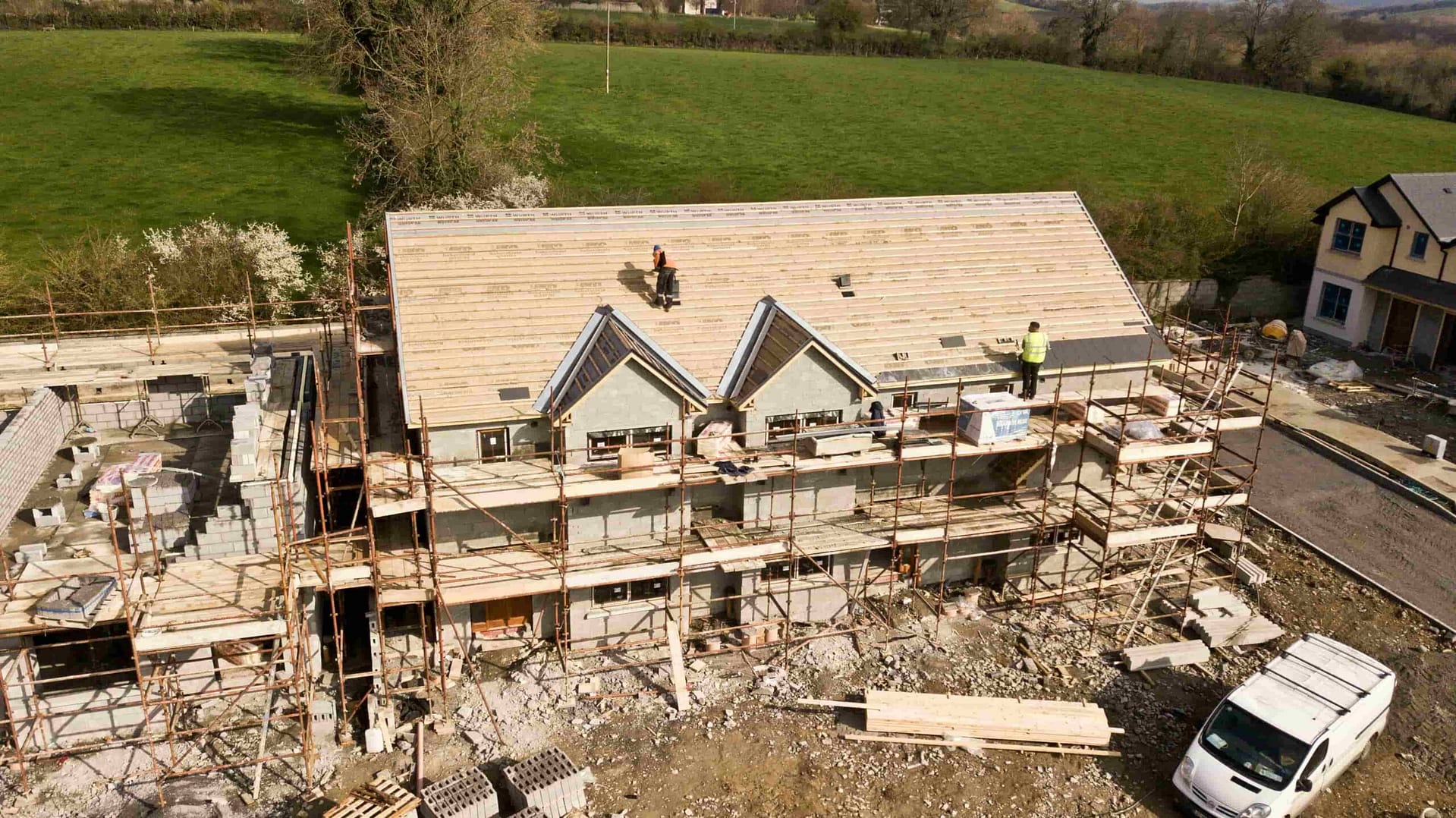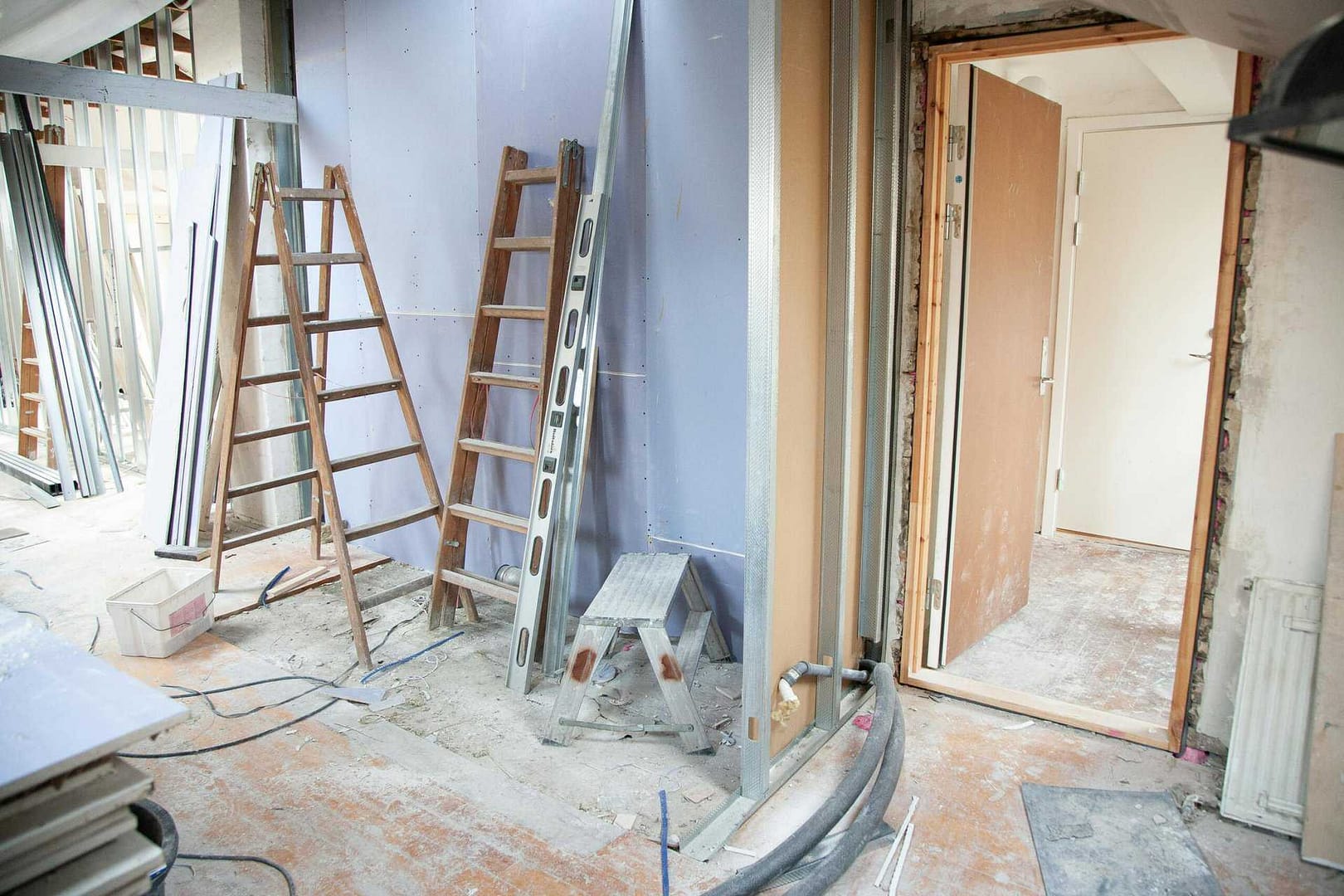Construction financing is a critical aspect of any construction project, whether you’re building a new home, renovating an existing property, or undertaking a large-scale commercial development. Understanding the various financing options available can help you make informed decisions, ensure the project’s financial stability, and ultimately contribute to its success. In this blog, we’ll explore different construction financing options, their advantages and disadvantages, and how to choose the right one for your needs.
1. Construction Loans

What is a Construction Loan?
A construction loan is a short-term loan used to finance the construction of a building or other real estate project. Unlike traditional mortgages, which pay out a lump sum, construction loans are disbursed in stages, known as “draws,” as the project progresses. These loans are typically used to cover the costs of land, labor, materials, and other expenses associated with building.
Types of Construction Loans
- Construction-to-Permanent Loans: These loans initially cover the construction period and then convert into a permanent mortgage once the project is completed. This type of loan offers the convenience of having a single loan process, reducing the complexity and closing costs.
- Stand-Alone Construction Loans: These loans only cover the construction phase. Once the construction is complete, the borrower must secure a separate mortgage to pay off the construction loan. This option can be more flexible but involves two sets of closing costs.
Advantages and Disadvantages
Advantages:
- Tailored to Construction Needs: Construction loans are specifically designed to cover the costs associated with building projects.
- Disbursement Flexibility: Funds are released in stages, which can help manage cash flow and ensure funds are available when needed.
- Interest-Only Payments: During the construction phase, borrowers typically make interest-only payments, which can be more manageable financially.
Disadvantages:
- Higher Interest Rates: Construction loans often come with higher interest rates compared to traditional mortgages.
- Strict Qualification Criteria: Lenders may require a detailed construction plan, a qualified builder, and a significant down payment.
- Complex Process: Managing the disbursement process and transitioning to a permanent mortgage can be complicated.
2. Home Equity Loans and Lines of Credit

What are Home Equity Loans and Lines of Credit?
Home equity loans and lines of credit (HELOCs) allow homeowners to borrow against the equity they have built up in their homes. These options can be used to finance construction projects, especially renovations or home additions.
How They Work
- Home Equity Loan: This is a lump-sum loan with a fixed interest rate and repayment term. Borrowers receive the entire loan amount upfront and repay it over a set period, typically 5 to 30 years.
- Home Equity Line of Credit (HELOC): This option works more like a credit card, providing a revolving line of credit that homeowners can draw from as needed. HELOCs typically have variable interest rates and a draw period (usually 10 years), followed by a repayment period.
Advantages and Disadvantages
Advantages:
- Lower Interest Rates: Home equity loans and HELOCs often have lower interest rates compared to other types of loans because they are secured by the property.
- Flexibility: HELOCs offer flexible borrowing and repayment options, allowing homeowners to draw funds as needed.
- Tax Benefits: Interest paid on home equity loans and HELOCs may be tax-deductible, subject to certain conditions.
Disadvantages:
- Risk of Foreclosure: Since these loans are secured by the home, failure to repay can result in foreclosure.
- Variable Rates (HELOCs): HELOCs typically have variable interest rates, which can increase over time and lead to higher payments.
- Equity Requirement: Borrowers need sufficient equity in their homes to qualify, which may not be feasible for everyone.
3. Personal Loans
What is a Personal Loan?
A personal loan is an unsecured loan that can be used for various purposes, including construction projects. These loans do not require collateral and are based on the borrower’s creditworthiness and ability to repay.
How They Work
Personal loans are typically offered with fixed interest rates and fixed repayment terms, ranging from a few months to several years. Borrowers receive a lump sum upfront and repay it in regular installments.
Advantages and Disadvantages
Advantages:
- No Collateral Required: Personal loans do not require the borrower to put up any property as collateral.
- Quick Approval Process: Personal loans can often be approved and disbursed quickly, providing fast access to funds.
- Fixed Payments: With fixed interest rates and payments, borrowers can budget their repayments more easily.
Disadvantages:
- Higher Interest Rates: Since personal loans are unsecured, they often come with higher interest rates compared to secured loans.
- Lower Loan Amounts: Personal loans may have lower borrowing limits, which might not be sufficient for large construction projects.
- Credit Score Impact: Borrowers need a good credit score to qualify for favorable terms, and taking out a personal loan can impact credit scores.
4. Government Loans and Grants

What are Government Loans and Grants?
Various government programs offer loans and grants to support construction projects, especially for affordable housing, community development, and energy-efficient buildings. These programs can provide valuable financial assistance and incentives.
Key Programs
- FHA Construction Loans: The Federal Housing Administration (FHA) offers construction loans that cater to low- and moderate-income borrowers. These loans can be used for building new homes or renovating existing properties.
- VA Construction Loans: The Department of Veterans Affairs (VA) provides construction loans to eligible veterans, active-duty service members, and their families. These loans often come with favorable terms and no down payment requirements.
- USDA Rural Development Loans: The United States Department of Agriculture (USDA) offers loans and grants for construction projects in rural areas. These programs aim to promote homeownership and economic development in rural communities.
- Energy-Efficient Mortgages (EEMs): These loans are designed to finance energy-efficient home improvements. Borrowers can include the cost of energy-efficient upgrades in their mortgage, potentially reducing overall energy costs.
Advantages and Disadvantages
Advantages:
- Favorable Terms: Government loans often come with lower interest rates, reduced down payment requirements, and more flexible credit criteria.
- Grants: Grants do not need to be repaid, providing a significant financial boost without increasing debt.
- Support for Specific Needs: Programs are tailored to support affordable housing, rural development, veterans, and energy efficiency.
Disadvantages:
- Eligibility Requirements: Borrowers must meet specific eligibility criteria, which can limit access to these programs.
- Application Process: Applying for government loans and grants can be time-consuming and require extensive documentation.
- Funding Limits: Grants and loans may have limits on the amount of funding available, which may not cover all project costs.
5. Developer and Builder Financing

What is Developer and Builder Financing?
Some developers and builders offer financing options directly to buyers. This type of financing can be beneficial for new home constructions and large development projects where the builder has a vested interest in selling the property.
How It Works
Developers and builders may provide financing packages that cover the construction phase and transition into permanent financing once the project is completed. These arrangements can be customized to fit the needs of the buyer and the specific project.
Advantages and Disadvantages
Advantages:
- Simplified Process: Working directly with the builder can streamline the financing process and reduce paperwork.
- Tailored Financing: Financing packages can be customized to fit the specific needs of the project and buyer.
- Incentives: Builders may offer incentives such as lower interest rates, reduced closing costs, or upgrades to attract buyers.
Disadvantages:
- Limited Options: Buyers may have fewer financing options and may not be able to shop around for the best rates.
- Builder Dependence: Financing is tied to the builder, which can be a risk if the builder encounters financial difficulties.
- Higher Costs: In some cases, builder financing may come with higher costs compared to traditional financing options.
6. Bridge Loans

What is a Bridge Loan?
A bridge loan is a short-term loan used to bridge the gap between the purchase of a new property and the sale of an existing property. These loans can be useful for financing construction projects when the borrower needs funds quickly.
How They Work
Bridge loans provide temporary financing, typically for a period of six months to a year. They are secured by the borrower’s existing property and are repaid once the property is sold or permanent financing is secured.
Advantages and Disadvantages
Advantages:
- Quick Access to Funds: Bridge loans can be approved and disbursed quickly, providing immediate access to funds.
- Flexibility: These loans offer flexibility in managing cash flow and timing the sale of an existing property.
- No Long-Term Commitment: Bridge loans are short-term, allowing borrowers to transition to permanent financing once the project is complete.
Disadvantages:
- Higher Interest Rates: Bridge loans often come with higher interest rates due to their short-term nature and increased risk.
- Repayment Risk: Borrowers need to ensure they can repay the loan, typically through the sale of their existing property, which can be uncertain.
- Fees and Costs: Bridge loans may come with higher fees and costs compared to traditional financing options.
Choosing the Right Construction Financing Option
Selecting the right construction financing option depends on various factors, including the type and scope of the project, your financial situation, and your long-term plans. Here are some key considerations to help you make an informed decision:
- Project Type: Determine whether you’re building a new home, renovating an existing property, or undertaking a commercial development. Different financing options may be better suited to different types of projects.
- Loan Amount: Consider the total cost of the project and the amount of financing you need. Some options, like personal loans, may have lower borrowing limits, while construction loans and home equity options can provide larger amounts.
- Interest Rates and Terms: Compare interest rates, repayment terms, and other loan conditions. Fixed-rate options offer predictable payments, while variable-rate options may have lower initial rates but can increase over time.
- Down Payment: Assess your ability to make a down payment. Some loans, like FHA and VA loans, offer lower down payment requirements, while others, like construction loans, may require a substantial upfront investment.
- Creditworthiness: Evaluate your credit score and financial history. Your credit profile will impact your ability to qualify for certain loans and the terms you receive.
- Builder and Contractor: Ensure you have a reputable builder or contractor. Lenders often require detailed construction plans and may scrutinize the builder’s qualifications and experience.
- Future Plans: Consider your long-term plans for the property. If you plan to sell the property shortly after construction, a bridge loan or short-term financing may be appropriate. If you plan to hold the property, a construction-to-permanent loan or a traditional mortgage may be better suited.
Conclusion
Understanding the various construction financing options is crucial for successfully managing a construction project. From construction loans and home equity options to personal loans and government programs, each financing option has its unique advantages and disadvantages. By carefully evaluating your project’s needs, financial situation, and long-term goals, you can choose the right financing option to support your construction endeavors and ensure the project’s financial success. Whether you’re building your dream home, renovating a fixer-upper, or embarking on a large-scale development, the right financing can make all the difference.









